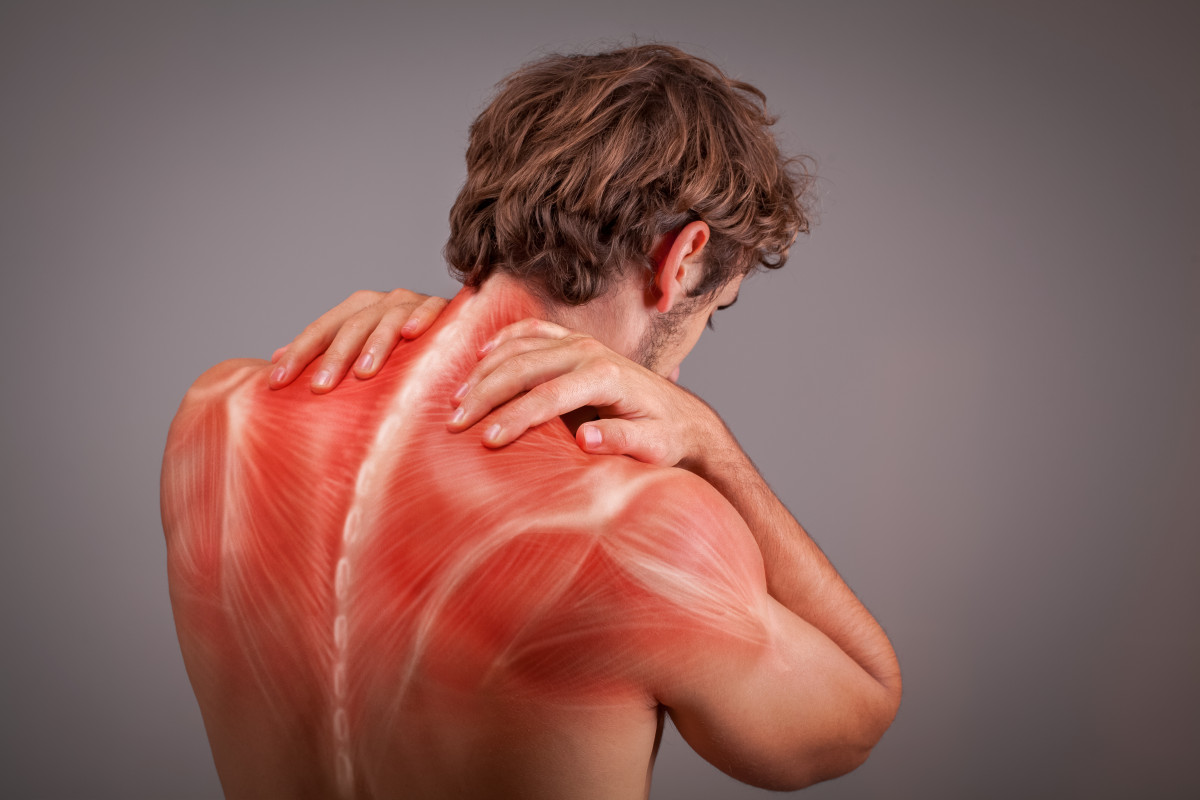
Myofascial pain syndrome (MPS) is a fancy way to describe muscle pain. It refers to pain and inflammation in the body's soft tissues.
MPS is a chronic condition that affects the fascia (the connective tissue that covers the muscles). It may involve either a single muscle or a muscle group. In some cases, the area where a person experiences the pain may not be where the myofascial pain generator is located. Experts believe that the actual site of the injury or the strain prompts the development of a trigger point that, in turn, causes pain in other areas. This situation is known as referred pain.
What Causes Myofascial Pain?
Myofascial pain may develop from a muscle injury or from excessive strain on a particular muscle or muscle group, ligament or tendon. Other causes include:
- Injury to muscle fibers
- Repetitive motions
- Lack of activity (such as having a broken arm in a sling)
What Are the Symptoms of Myofascial Pain?
Myofascial pain symptoms usually involve muscle pain with specific "trigger" or "tender" points. The pain can be made worse with activity or stress. In addition to the local or regional pain associated with myofascial pain syndrome, people with the disorder also can suffer from depression, fatigue, and behavioral disturbances.
How Is Myofascial Pain Diagnosed?
Trigger points can be identified by pain that results when pressure is applied to a specific area of a person's body. In the diagnosis of myofascial pain syndrome, two types of trigger points can be distinguished:
- An active trigger point is an area of extreme tenderness that usually lies within the skeletal muscle and is associated with local or regional pain.
- A latent trigger point is a dormant (inactive) area that has the potential to act as a trigger point. It may cause muscle weakness or restriction of movement.
How Is Myofascial Pain Treated?
Medications such as non-steroidal anti-inflammatories, acetaminophen or opioids may be used to treat myofascial pain. Medications for sleep, depression or muscle spasm are sometimes used, as well. Non-drug treatments may include:
- Physical therapy
- "Stretch and spray" technique: This treatment involves spraying the muscle and trigger point with a coolant and then slowly stretching the muscle.
- Massage therapy
- Trigger point injection
In some chronic cases of myofascial pain, combinations of physical therapy, trigger point injections, and massage are needed.
Precision Pain Care and Rehabilitation has two convenient locations in Richmond Hill – Queens and New Hyde Park – Long Island. Call the Richmond Hill office at (718) 215-1888, or (516) 419-4480 for Long Island office, to arrange an appointment with our Interventional Pain Management Specialist, Dr. Jeffrey Chacko.













